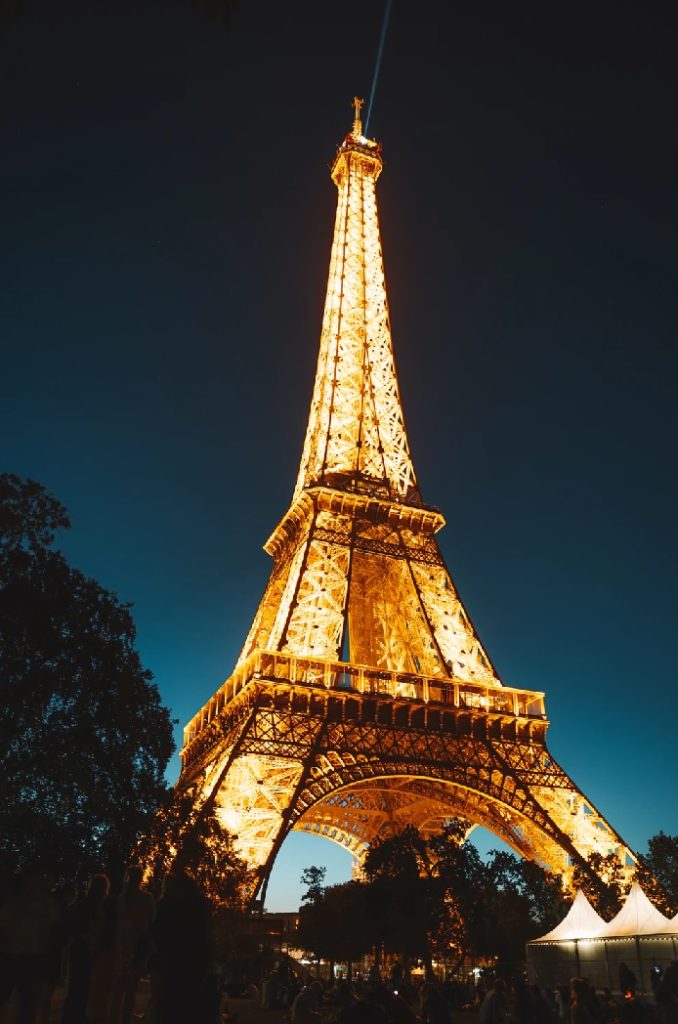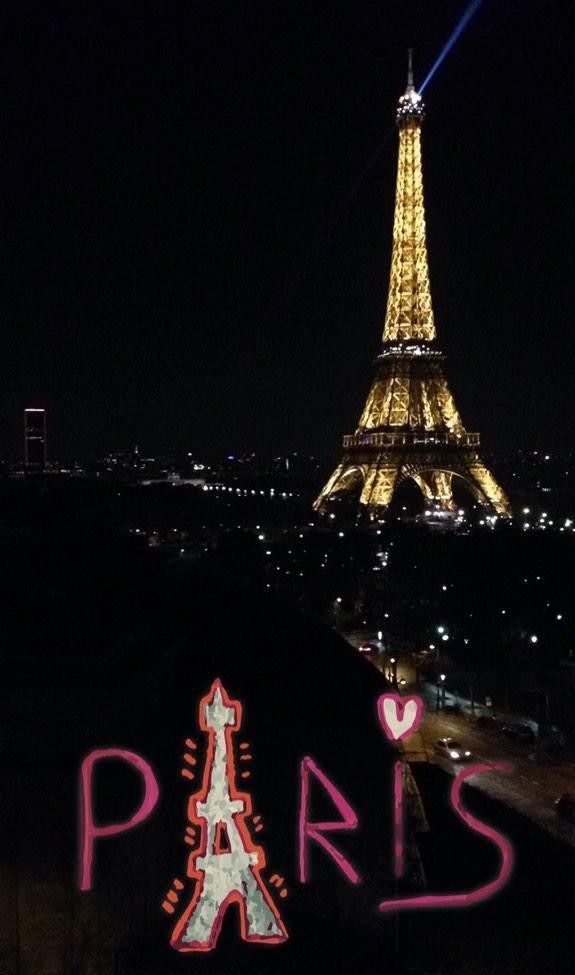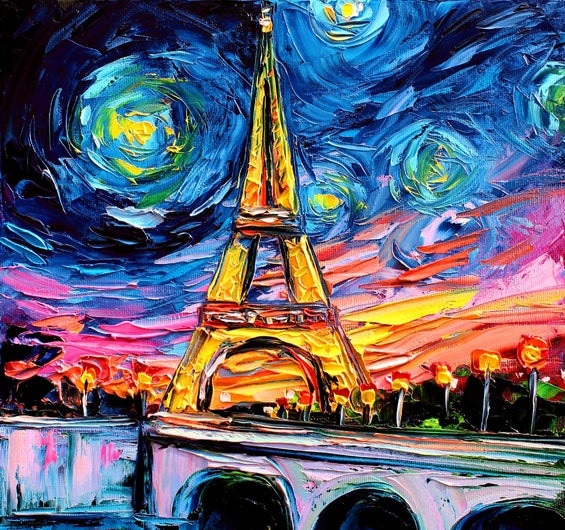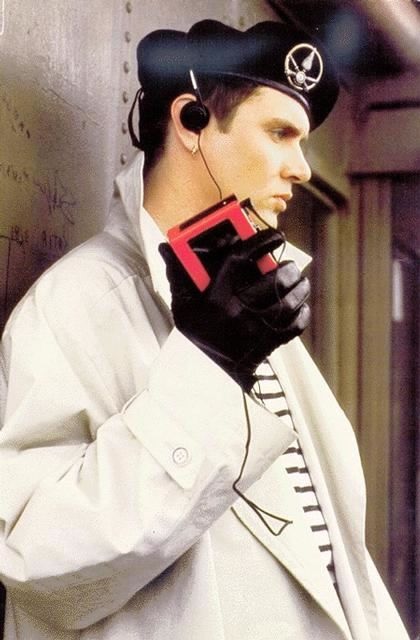
When we’re not busying ourselves digitally retouching photos for both business and personal clients, some of our core team can be found out in the field taking snaps of pretty much anything and everything. For field; also read ‘mountains, cycling routes’ and ‘tennis courts’ too. Basically we have a habit of pointing and shooting at whatever piques our visual antennae when we’re out and about. Or escaped the office surrounds.
Understandably permissions must be sometimes sought before we reach for our camera-primed smartphones and focus our attentions on various subject matters. Particularly should they feature the presence of children, other people’s property and objects protected by some sort of odd/quirky/archaic ruling which has stood for centuries. More of which after the drop.
C’est La Vie. Or Words to That Effect. But Not Pictures. Not After Sunset, Any Road….
Speaking of which, imagine for a moment that we were to jump on the Eurotunnel, destination Paris and head towards the Eiffel Tower. And then aim our camera at its sheer magnificence. And let’s just say, hypothetically (and for argument’s sake), we’d rocked up late in the French capital and were taking in the famous sights of the iconic cityscape under the cover of darkness. Well, legally we’d have a bit of an issue. Chiefly because – technically – it’s illegal to take a picture of the steel megastructure originally designed by Monsieur Eiffel and built back in 1887, once day turns to night. Kinda.
We’re partial to a good tower up here in the north of England. What with our beloved Blackpool example of the photogenic steel-girder’d genre merely a hop, skip and a jump coastward. So we know what we’re talking about.
Oh. And for the record, the same rule applies if we wanted to capture Paris’ other iconic landmark, The Louvre in all of its night-lighted appeal. Or Rome’s main train station, should we find ourselves in Italy with a camera to hand and a cultural/architectural itch to scratch.
Are you trying to tell us that those of us who have made a career out of digitally retouching photos (and anyone else who hasn’t, but likes taking pics anyway) can be arrested for taking a snap of the Eiffel Tower once darkness falls?

Not exactly, no.
However while nobody has – to the best of our (and Google’s) knowledge – ever had their day in court to defend themselves and their own ‘art’, feasibly such an event could, potentially play out. Despite the prospect sounding ludicrous.
It’s not so much the taking of the photo which is the issue here, but more the inevitable distribution of the said imagery. Or not to put too finer point on it; the sharing of the picture across social media platforms. As is the modern way. Courtesy of the invention of the likes of Instagram, Snapchat, Facebook, Tik Tok and a myriad of other readily-accessible virtual apps, your night shot of the Eiffel Tower could be #trending in seconds.
Which is acceptable, just so long as the perpetuators don’t then attempt to profit from it. Outside of the parameters of innocent selfies, to clarify. Which might end up being a moot point, on account of the number of people out there who now introduce themselves as Instagram influencers. Or alternatively, have become personal brands, thanks to the volume of ‘followers’ they have accrued online. Which might test the resolve of what is and isn’t classed as monetising promotion. Albeit via the back door.
Social media gives rise for concerns regarding fine line between personal use and publishing for wider coverage and potential financial gains
A whole grey area has emerged of late, where ‘Personal Vs Commercial’ distinction has blurred somewhat, thanks to the continued evolution of social media. Not least the question mark which hangs over omnipresent platforms like Facebook. Which might now make us all, unwittingly, publishers who have inadvertently practised a commercial activity.
Think about it like this.
Not that long ago Facebook users waivered their rights to exclusivity with direct reference to the photos we upload. Whether we were totally aware of what was happening or not. Most of us gave Zuckerberg‘s empire non-exclusive, transferable and payment-free global license to use our photographic content however it liked. Until such time as our accounts are deleted.
Don’t fret. We’ll explain more in a jiffy.
Why It’s (potentially) Illegal to Take a Photo of The Eiffel Tower After Dark

So, you may be wondering just what the beef is? And why it’s deemed against the law – in France – to do what any tourist does without giving the action a second thought. And why it’s illegal if you’re seeking to financially gain from the snap.
In short the answer is, because it is. The long form, legality-obliging answer is the same.
Unless you secure the permission of the mysterious and secretive ‘Société d’Exploitation de la Tour Eiffel’. A clandestine organisation which allows selected folk to justify why they’d be taking a picture of the Parisien landmark under the shroud of darkness, and therefore why they should be afforded legal lenience. And not have their collars felt by the long arms of the local Gendarmerie.
Or, and if we remove the dark undertones which don’t exist and we’ve totally made up for dramatic effect, simply the Eiffel Tower’s operating company. Who’ll probably say ‘qui’, to your request to publish/freely circulate your image of the Tower on social media. Providing you cough up a few quid to cover the rights/permission rules and regs and agree not to profit.
I thought I hadn’t seen many pics of the Eiffel Tower at night….
C’mon now.
Have you ever noticed how few pics of ‘the Eiffel Tower; as seen at night’ are in actual existence? Well, you have the European Union to thank for that/this, and their seemingly archaic copyright laws. Something even the most partisan of Brexiteers haven’t even discovered to bait the Remainers with, no less.
Apparently, copyright for structures like the Eiffel Tower expire 70 years after the creator’s demise. In this case, Gustave Eiffel died in 1923. Thus the tower has been the public domain since 1993, give or take a few months either side.
So doesn’t that mean we (and other people not professionally briefed with digitally retouching photos) can therefore snap it to our heart’s content nowadays, then?

Well, yes and no.
You see, as of 1985 (around the time that New Romantic pioneers, Duran Duran shot their video for Bond movie, ‘A View to a Kill’ on and around the Eiffel Tower for those vaguely interested in such pop artifacts) a lighting designer going by the name of Pierre Bideau created a nocturnal lighting system specifically for the structure. This comprised of hundreds of projectors, a beacon and tens of thousands of light bulbs that twinkle every hour. On the hour. With much respect, the not so good news for budding twilight photography students is, that he’s still alive.
Meaning that the copyright is still very much acknowledged and will obviously remain in place for several more decades.
But then exercising a bit of restraint will ensure that you won’t end up on Interpol‘s most wanted list anytime soon. And that’s because the law – as touched on earlier – primarily applies to lensfolk looking to make commercial gain from illuminated pics of old man Eiffel’s crowning architectural glory. Rather than your average Instagram addict capturing a predictable selfie halfway up. Channelling their inner, beretted (if that’s a word?) up Simon Le Bon.
Insightful as all this is, I fail to see what the connection between digitally retouching photos and the Eiffel Tower is. Am I missing something?
There isn’t a precise one as such.
More a case of highlighting a quirky piece of image-based legality which most people wouldn’t even have known about. And then going on to say that in terms of the photo retouching profession, identifying what we can and cannot use is an important – and ongoing – lesson. And something we need to remain mindful of when going about our business.
For photo retouchers, the important considerations centre on visual elements similar to that of the Eiffel Tower protocol and practices. In as much as we can’t use any of the images sent to us by clients – and that we subsequently retouch – for promotional purposes, whatsoever. Or recirculation of any type, per se. Be they for blatantly profitable purposes or social media ‘likes’.
What’s more, we aren’t allowed to search for/take images off the internet to use in edits. They must always be sourced from official stock/library websites which specialise in providing royalty-paying imagery to those responsible for creating them from the outset.
And that’s pretty much it, really.
Ah. Perhaps we finished this blog too soon after the massive intro about the Eiffel Tower reaches for incidental music button
